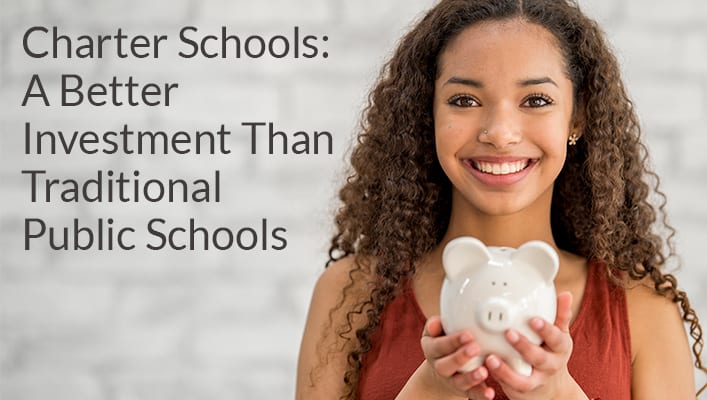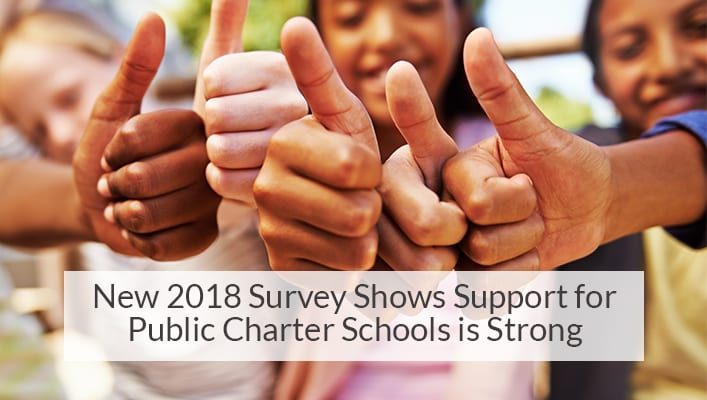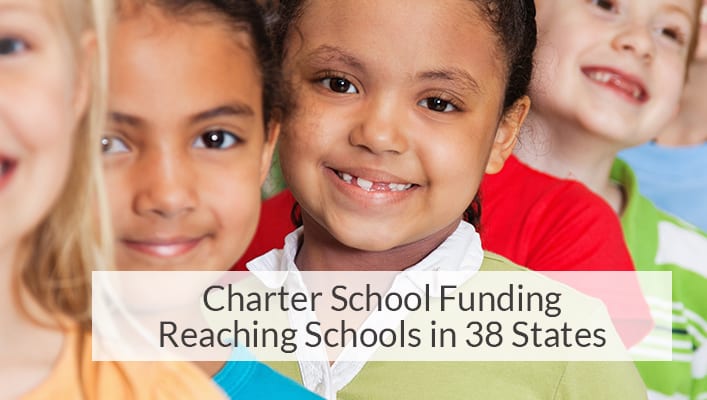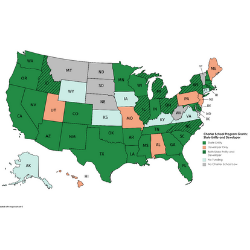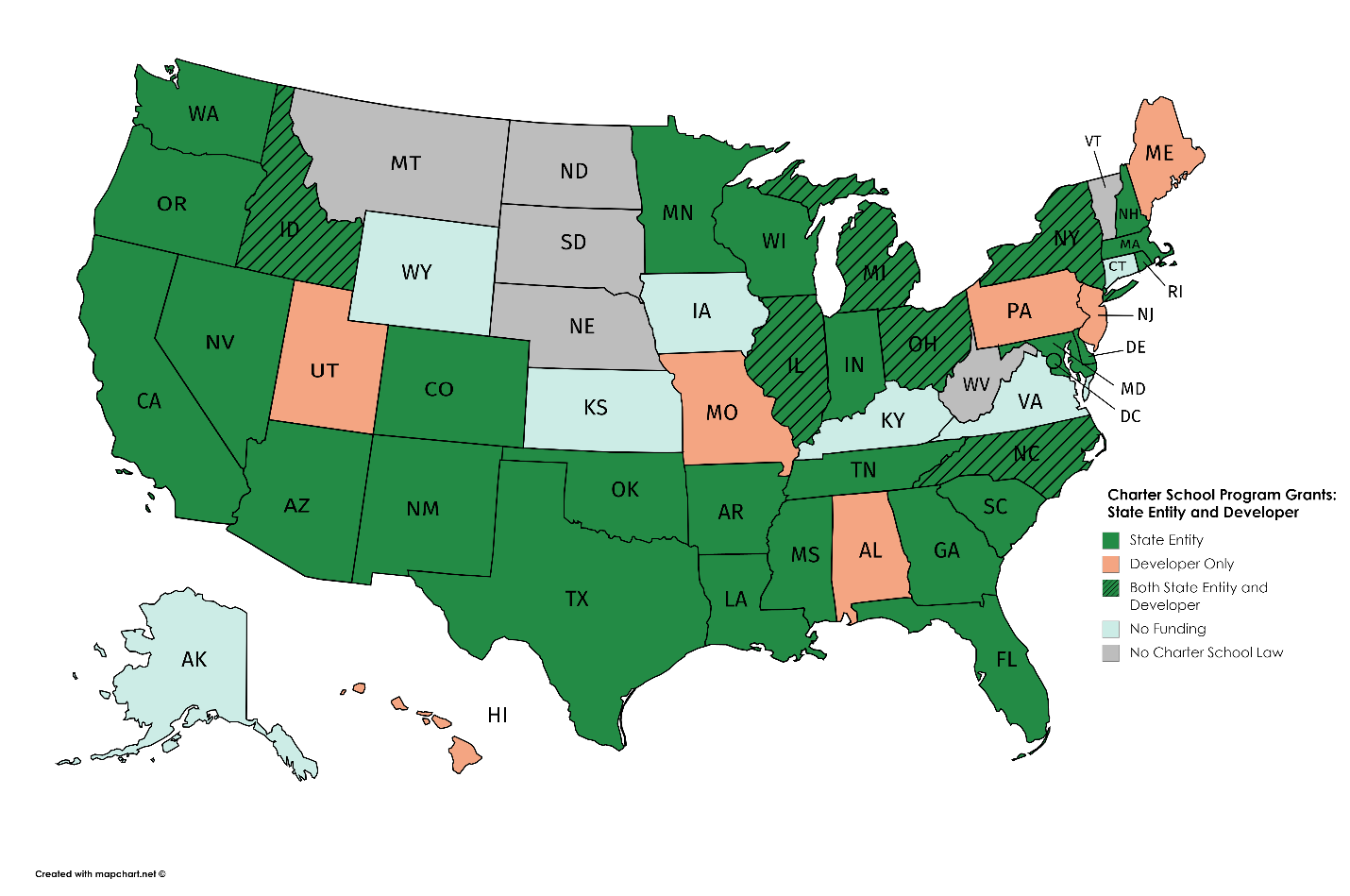Strong schools are safe havens and pillars of support for families across the nation, offering nurturing learning environments to kids regardless of background. Yet, the impact of schools extends far beyond the classroom. Dive into compelling stories that illuminate how schools are actively shaping and elevating their communities, making a lasting difference.
1. Dream Charter School Food Drive
Dream Charter School in the Bronx prepared bags of ingredients for holiday meals this season, bags containing turkeys, fresh produce, and more. The volunteers were, in the words of Senior Director of Family Community Engagement Nadirah Chestnut, “really excited to ring in the holiday season in the spirit of service.” 300 students and families in the Bronx will have warm holiday meals thanks to their generosity.
2. Epic Charter School’s “Suitcase Project”
Epic Charter School donated supplies for 1,500 students facing homelessness in their annual Suitcase Project. The volunteers packed suitcases full of books, coats, gloves, and toiletries—their community collected over 15,000 donated items. Sharla Conaway, the Family Engagement Community Outreach Specialist for Epic, called it an “overwhelming response of love and kindness.”
3. Kipp Star Harlem Elementary’s Sock Drive
Kipp Star Harlem Elementary kicked off the holiday season by setting a goal of raising 1000 pairs of socks for people in shelters. During October—or, “Socktober” as they named it—the kids were able to exceed their goal by tenfold, collecting 9,000 pairs of socks. They kept the energy going by hosting a Thanksgiving food drive followed by a toy drive this December. “You’re never too young to understand what it means to help someone else,” said the school’s principal, Brandi Vardiman.
4. Ivy Academia’s Pet Supply and Canned Food Drive
At Ivy Academia, a TK-8 public charter school in Woodland Hills, California, gave back with a pet supply drive for Rockin’ Pet Rescue, a local animal rescue organization. They also collected canned foods for West Valley Food Pantry. The first collection of non-perishables is around Thanksgiving time but given the busy holiday season, they also donate in December and January to help replenish the empty shelves.
Students also stuffed and dressed teddy bears for Operation Gratitude’s Battalion Buddies. These cuddly bears are distributed to the children of deployed service members to comfort them while their loved ones are so far away.
5. New Millenium Secondary School’s Toy Drive and Blood Donation
Giving back is written right into New Millennium Secondary School’s graduation requirements. At this small Gardena, California public high school serving 9th – 12th grades, students earn community service credits that are applied to graduation. This year, they collected toys for Los Angeles Fire Department Spark of Love in December and organized Red Cross Blood Drive at the school.
6. Kavod Charter School‘s Schoolwide Walk, Beach Clean Up, and More
At Kavod Charter School in San Diego, California, service learning and giving back are woven into the fabric of our tuition-free TK-8 school. Students exemplify the school’s values by doing good deeds for each other, the school and the greater San Diego community.
Service learning is a core tenet of Kavod Charter School‘s philosophy. This San Diego accomplished various community service projects, including collecting dog supplies for Animal Pad Dog Rescue, donating toys and shoes to local organizations, writing letters of appreciation to First Responders, fundraising for the Snack Shack, participating in beach cleanup, providing care packages for those in need, and organizing a schoolwide walk for epilepsy awareness. The 3rd-grade class completed the Domino Challenge using cereal boxes and donated the resulting items to a local food bank.
7. Edge High School’s Community Partnerships
Edge High School, in Tucson, Arizona, is grounded on the value of giving back in a variety of ways. Students learn and give back in service by partnering with the community. Edge students participated in farm chores at Felicia’s Farm and learned about compost management and organic farming practices. Edge has been successfully partnering with Iskashitaa Refugee Network since 2016, helping to host refugees from Sudan and other countries at our tuition-free charter high school. They also partner with Gap Ministries, which offeres a variety of services in the Tucson area, including group homes for children and teens.
About the Author

As a content strategist for Grow Schools’s Enrollment Marketing team, Sally LeBaron has the privilege of showcasing schools that provide kids a great education. Ever a proponent of innovative and creative school programs. Sally also brings her perspective as a parent of two elementary school-aged boys, which has helped her understand the challenges involved in finding the right educational institution for a child.
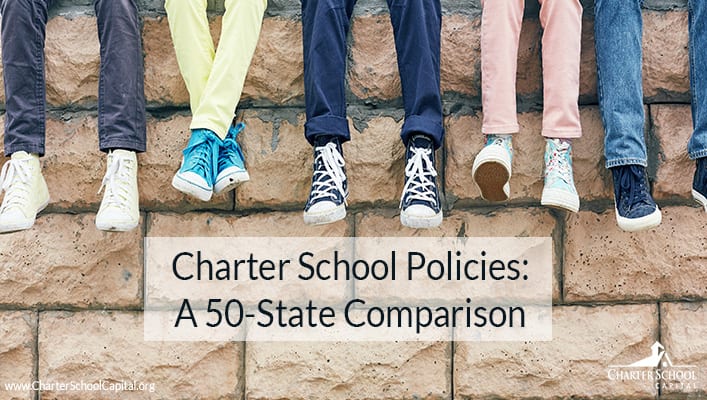

 10 Great School Resources for COVID-19 (Coronavirus)
10 Great School Resources for COVID-19 (Coronavirus)